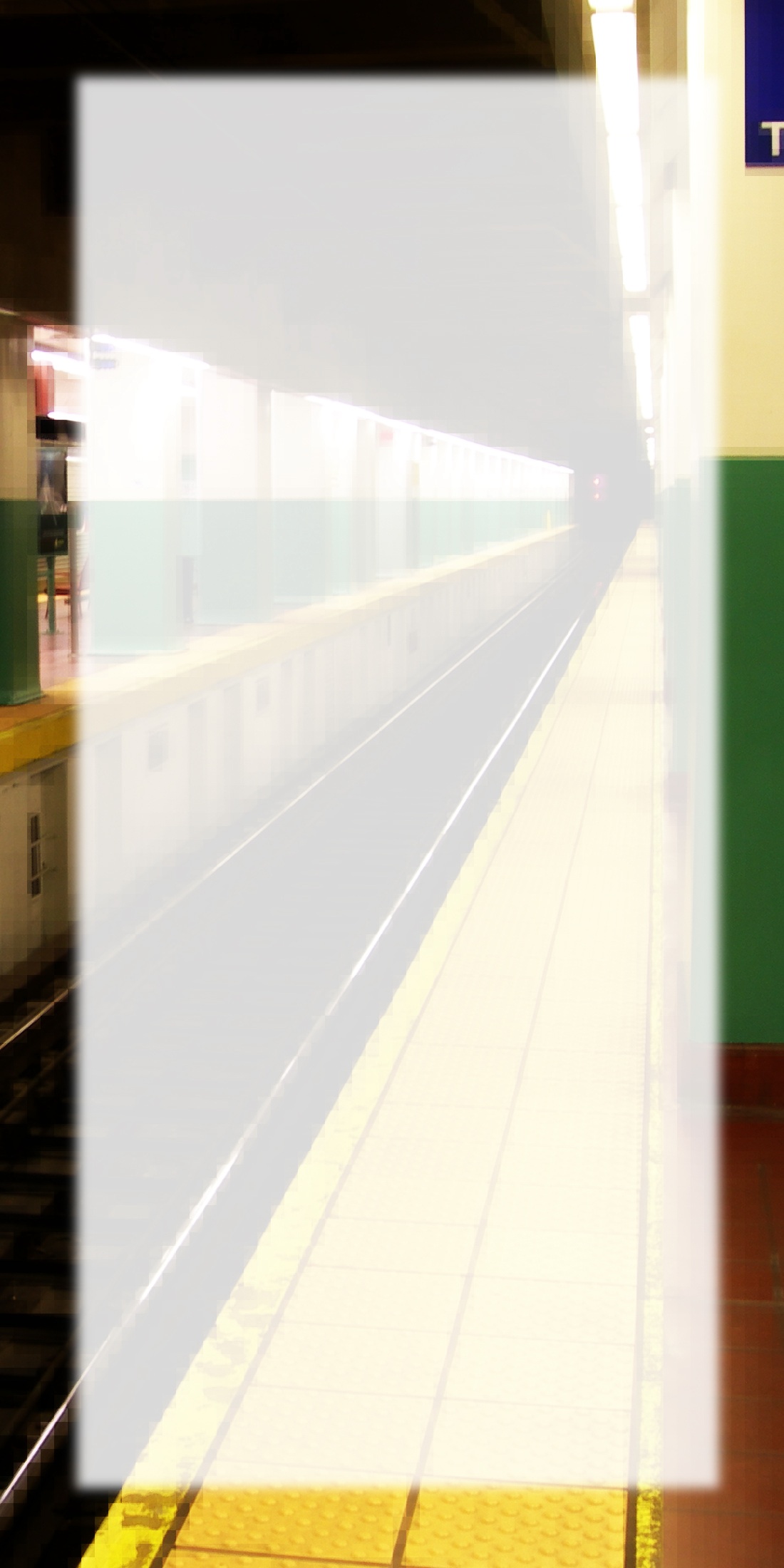Discrepancies Between Art Historical and Psychoanalytic Interpretations of Avant-Garde Painting: Fry and Greenberg contra Balint and Fairbairn by Donald Kuspit
What do Fry and Greenberg have to say about Surrealism and more broadly modern art? Fry has nothing to say about Surrealism, but a good deal to say about modern art, particularly Cézanne’s paintings and more broadly Post-Impressionism, both of which he supported, celebrated, and analyzed. The term Post-Impressionism is his, and he put on the first exhibition of Post-Impressionism in the UK. For Fry, as for Greenberg, avant-garde painting is about “the handwriting of the brush,” and “the peculiar density and resistance” and even “sensual energy”--”austere voluptuousness,” Fry also calls it-- “pigment” can achieve.(3) Avant-garde painting is about “the abstract intelligibility” achieved by its “varying and shifting texture” and the “building up of sequence of planes which has a direct ‘musical’ effect on the feelings.” In avant-garde painting “changes of colour correspond to movements of planes.” There is “a new exaltation in the colour” and “impetuosity in the rhythm,” with no loss of “pictorial architecture.” Indeed, such exaltation and impetuosity make it more “impressive.” In other words, what matters in avant-garde painting, as Greenberg says--he calls it modernist painting to distinguish it from modern painting in general--is the realization of “formal facts” achieved through the handling of the material medium of paint. This realization gives it ontological poignancy and evocative power. But above all the avant-garde painting must meet what Greenberg calls the “aesthetic test.” It “boils down to a determination of...internal coherence...and of the appropriateness of the artistic means to the abstract content.”(4). It is worth emphasizing that Greenberg thinks “that every work of art has an unconscious or pre-conscious effect, and this effect also constitutes part of its content.” And it is also worth emphasizing that for Greenberg it is only abstract content--which Fairbairn and Balint ignore--that has unconscious or pre-conscious effect. The representation has conscious effect, which is why from Greenberg’s and Fry’s point of view it is superficial and secondary, that is, not the serious esthetic content of the work. Also, for both, “the means are content,” as Greenberg says,(5) and thus have unconscious or pre-conscious effect. What seems like the obvious content of Dali’s Specter of Sex Appeal--the representation of the figures and the scene as a whole--is of minor “literary” interest, as Greenberg says. Thus what matters is not the objects that are pictured and their associations, but the way the picture is painted.
Fry doesn’t deal with Surrealism and Greenberg dismisses it as “a certain return to the human-all-too-human, too obvious emotion”--”pessimistic hedonism,” Greenberg calls it(6)--”and academic subterfuges.”(7) For both it is a pictorial narrative art lacking esthetic subtlety and significance. I disagree with Greenberg, but his point is well-taken: Surrealism comes across first and foremost as bizarre picture making and metaphoric manipulation. This precludes attending to its abstract qualities, indeed, the innovative artistic means it uses to generate pre-conscious and unconscious effect, for example, frottage, decolomania, and collage, used more extensively than in Cubism. All involve the exploitation and manipulation of new artistic mediums. Thus attention to the formal sophistication of Surrealist art has been sidetracked by attention to its absurd and unprecedented representations.
The difference between the psychoanalytic and esthetic approaches to avant-garde painting is made particularly clear by their different readings of Van Gogh’s brushwork. Fairbairn explicitly calls it sadistic, while Greenberg thinks such vigorous brushwork can “rival sculpture in the evocation of the tactile.”(8) More broadly, it is a gestural assertion of the paint medium for its own dynamic sake, a sort of literalization of l’art pour l’art. It may have profound pre-conscious and unconscious effect, but this expressive order of effects is secondary to what Greenberg calls the literal order of effects. They are conspicuous and can be studied, and evaluated in art historical and esthetic terms, whereas the expressive order of effects is unclear and hard to study and evaluate, and not esthetically relevant. I think this is a major difficulty in Greenberg’s thinking. He contradicts himself: “art...can now tell the truth about feeling by turning to the abstract,” he writes,(9) but if it is hard to fathom feeling one cannot know the truth about it.
